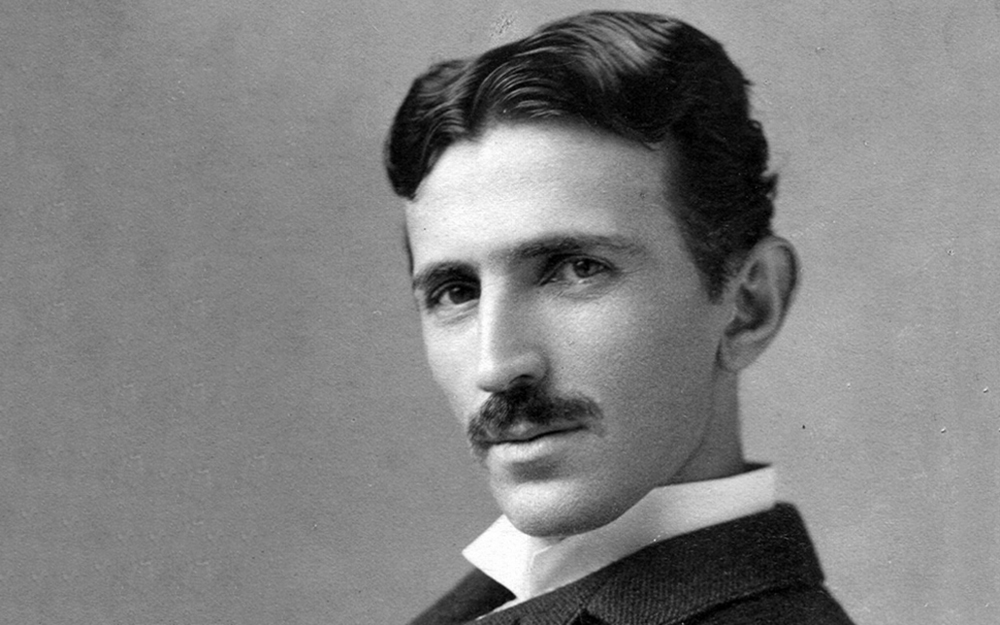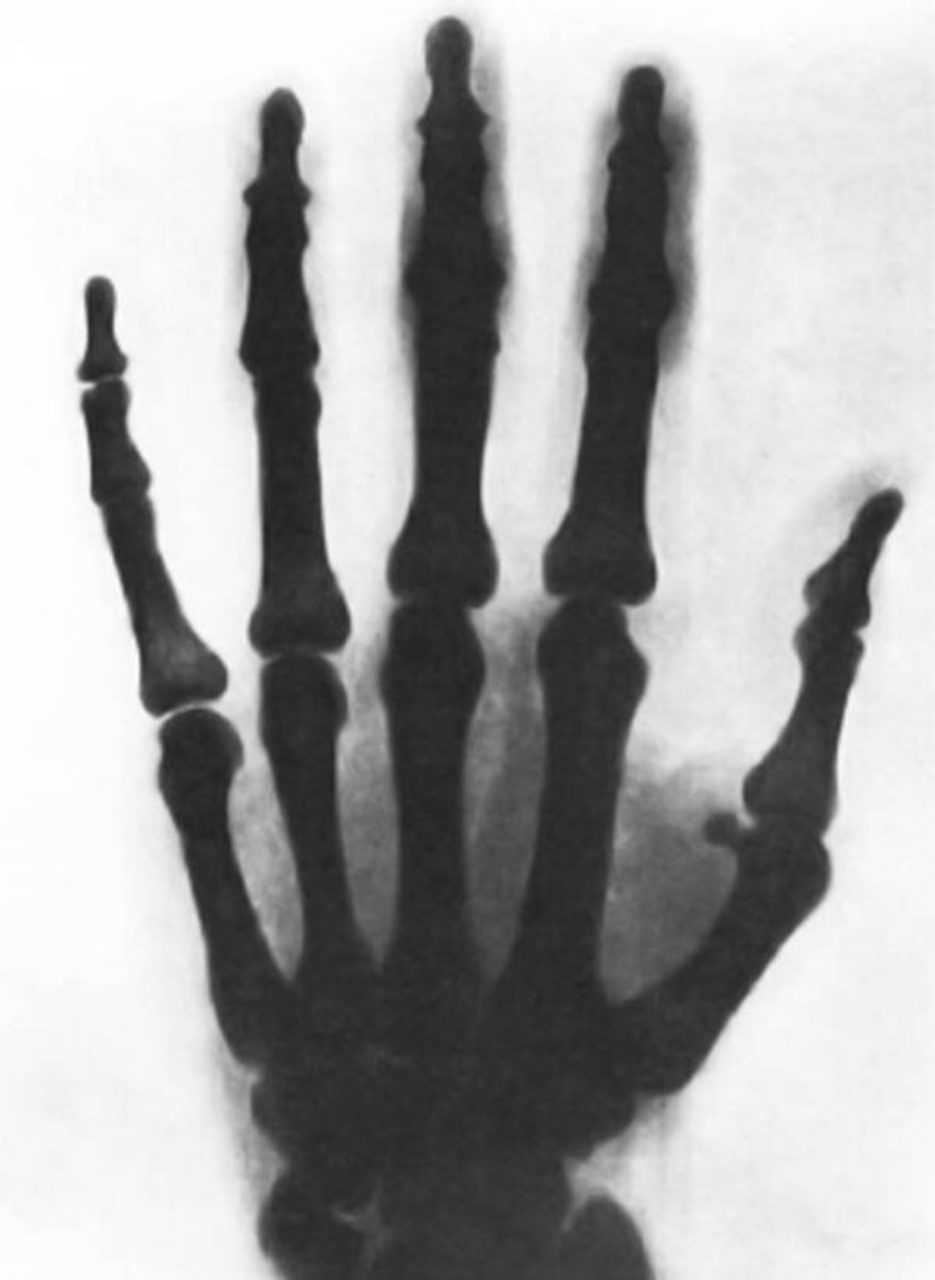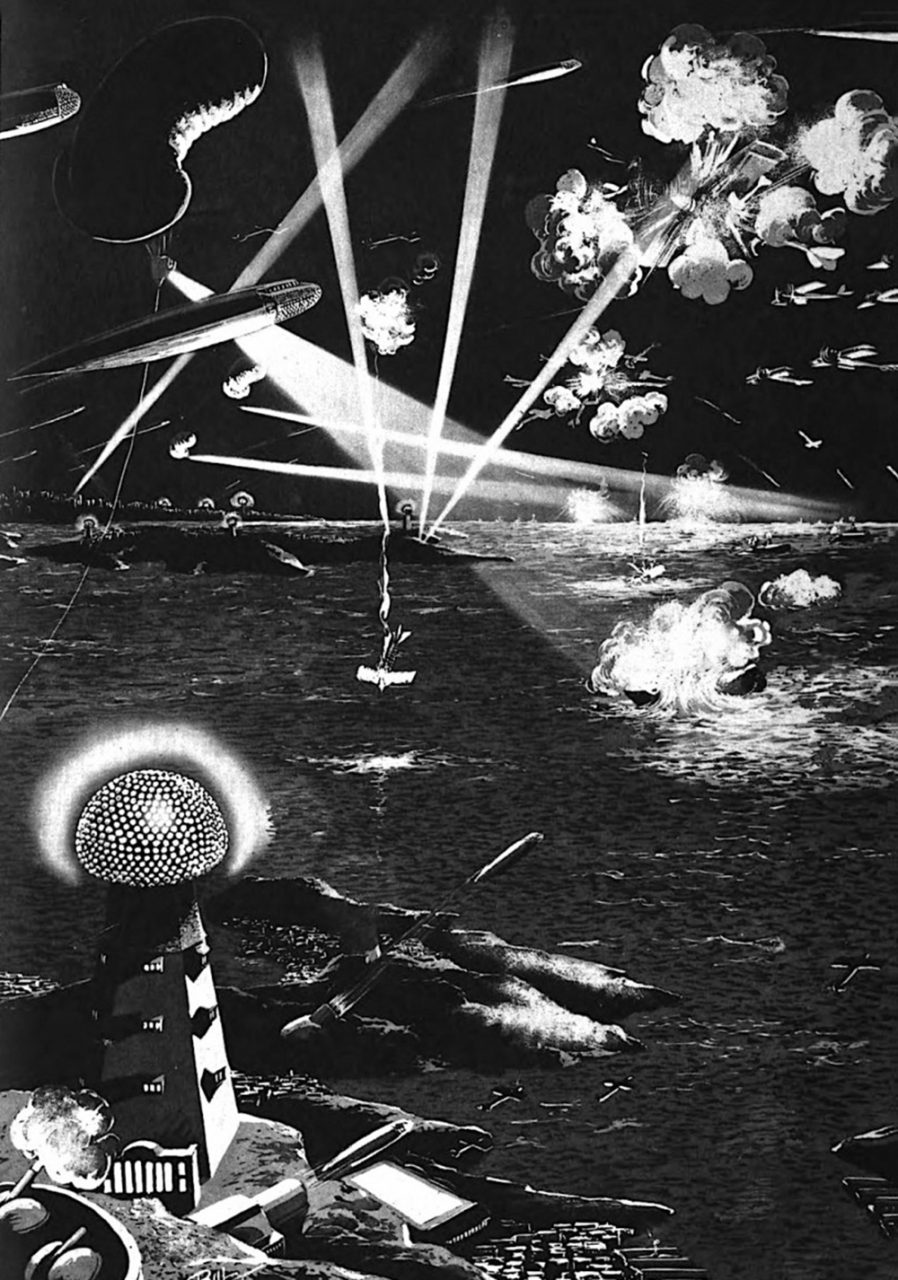During his lifetime, genius inventor Nikola Tesla invented hundreds of devices and processes that changed the world.

Nikola Tesla (July 10, 1856 – January 7, 1943) was a Serbian-American inventor, electrical engineer, and mechanical engineer. He is a futurist and is considered one of the most creative and insane scientists in history. All of his designs – about 300 of which are patented – are forward-looking and that’s why people call him “the inventor of the 20th century”.

Tesla Coil
Of Nikola Tesla’s most famous inventions, the Tesla coil was the basis for much of his later work. Tesla was intrigued by high-frequency electricity and wanted to harness it.
The problem is that the higher the frequency, the more unstable the device is. Tesla tried to build rotary generators that could run at high speeds, but they failed at 20,000 rpm.
From there, the Tesla coil was born. It is basically a resonant transformer consisting of two coils that reflect energy back and forth, generating alternating currents of extremely high frequency and voltage. At the time, Tesla used coils to conduct advanced experiments in electric lighting, electrotherapy, and wireless power transmission.

Magnifying transmitter
The Magnifier seeks to harness the power of the Tesla coil to generate wireless power for the entire world. Tesla discovered that when he connected a metal wire to a magnifying generator, he could power his entire laboratory.
Tesla demonstrated the technology and shocked the audience by lighting the bulb wirelessly. The transmitter can even illuminate a bulb 1 km away.

Induction motor
In 1887, Tesla developed an induction motor, also known as an asynchronous motor, that ran on alternating current. It uses multiphase electricity, creating a magnetic field to rotate the motor. This invention was patented in May 1888.
The induction motor is significant because it improves energy production efficiency and proves that long-distance power distribution is possible. Today, this type of motor is still used in many appliances such as vacuum cleaners, dryers and power tools.

Radio controlled boat
At an 1898 show in Madison Square Garden, Nikola Tesla wowed the public with a radio-controlled boat. People at the time couldn’t even understand what they were seeing. In fact, Tesla was initially denied a patent because his idea was too hard to believe.
Many documents speculate his technology could be used for war, but Tesla says it was the foundation for the birth of robotics, an area he hopes could free up human labor. People.

Hydroelectric
Nikola Tesla was chosen to replace Thomas Edison, a great inventor of his time, to create the generator for the world’s first hydroelectric power station at the Niagara Falls system in the US in 1895. Out of 12 degrees Patents used to build the factory, up to 9 patents belong to Tesla.
In 1896, this facility was used to power the city of Buffalo, New York State.

Radio (radio)
Guglielmo Marconi (pictured) is credited with inventing the radio telegraph, but in reality, this invention uses technology from Nikola Tesla. Tesla realized that Tesla coils could convey messages. However, just as he was about to test it in 1895, the laboratory unfortunately burned down.
At first, Tesla didn’t see Marconi as a competitor. “Marconi is a good guy. He’s using 17 of my patents,” Tesla once said.
On December 12, 1901, Marconi successfully transmitted a radio signal across the Atlantic Ocean and was eventually granted a patent. However, the US Patent Office had previously rejected him many times for using Tesla technology.

Neon light
As was the case with the radio telegraph, the invention of the neon light is credited to Georges Claude, who exploited the technology in 1910. Since 1893, however, Tesla had been experimenting with the exact same thing. .
Basically, neon lights consist of glass tubes (Geissler tubes) containing an argon-like gas with electrodes on each side. When stimulated, the gas will light up.
Tesla already has several such tubes in its lab. One day, while experimenting with Tesla coils, the inventor suddenly noticed the tubes light up. Tesla realized that he could power them wirelessly. He exhibited the technology at the 1893 Chicago World’s Fair.

Turbine Tesla
In 1913, inspired by the piston engine, Tesla invented his own turbine. Turbines at the time used propellers, while Tesla’s invention used discs, which were more fuel efficient.
Although the disk turbine has few practical applications, Tesla has big dreams for it. He believes it could be used in “power plants of the future” to generate geothermal energy.

X-ray photo
Although X-rays were invented by Wilhelm Röntgen on November 8, 1895, Nikola Tesla had also been experimenting with something like an X-ray machine since 1894.
Tesla was curious about the damage to the photographs in an experiment studying radiant power on luminescent objects, but his initial investigations were thwarted by a laboratory fire.
Tesla is said to have taken the first X-ray picture in the US. While trying to photograph his friend Mark Twain, he only managed to capture the metal screws of the camera lens.

Alternating current
One of Nikola Tesla’s oldest and most famous inventions is alternating current (AC). Today, this form of electrical energy is still used to power homes and businesses.
Tesla’s idea of alternating current was in stark contrast to Thomas Edison, who was his mentor who invented direct current (DC).
When Tesla worked for Edison, Edison once bet $500,000 if Tesla could repair the DC power supply. However, Tesla made AC that worked much better, prompting Edison to decline his offer. From there, a rivalry began this born between two genius inventors.

Death Rays
Of all Nikola Tesla’s inventions, one he never actually built but has “shadowed” his legacy. It was a death ray generator that could destroy enemy planes from the sky.
The transmitter has 4 parts, including airborne electromagnetic beam generator, large power generator, power amplifier and powerful pulse generator. According to Tesla, this technology creates a superweapon that can destroy 10,000 aircraft and a million infantrymen from hundreds of kilometers away.
Even so, Tesla does not intend to use death rays to cause violence. On the contrary, he sees it as a tool to keep the peace. Tesla thought that if every country in the world had a “wall of defense” the need for war would decrease.
However, this plan was considered too ambitious at the time. The US government thinks this is an untested and impractical idea, so Tesla did not receive funding to implement the project.
Photo: All That’s Interesting






